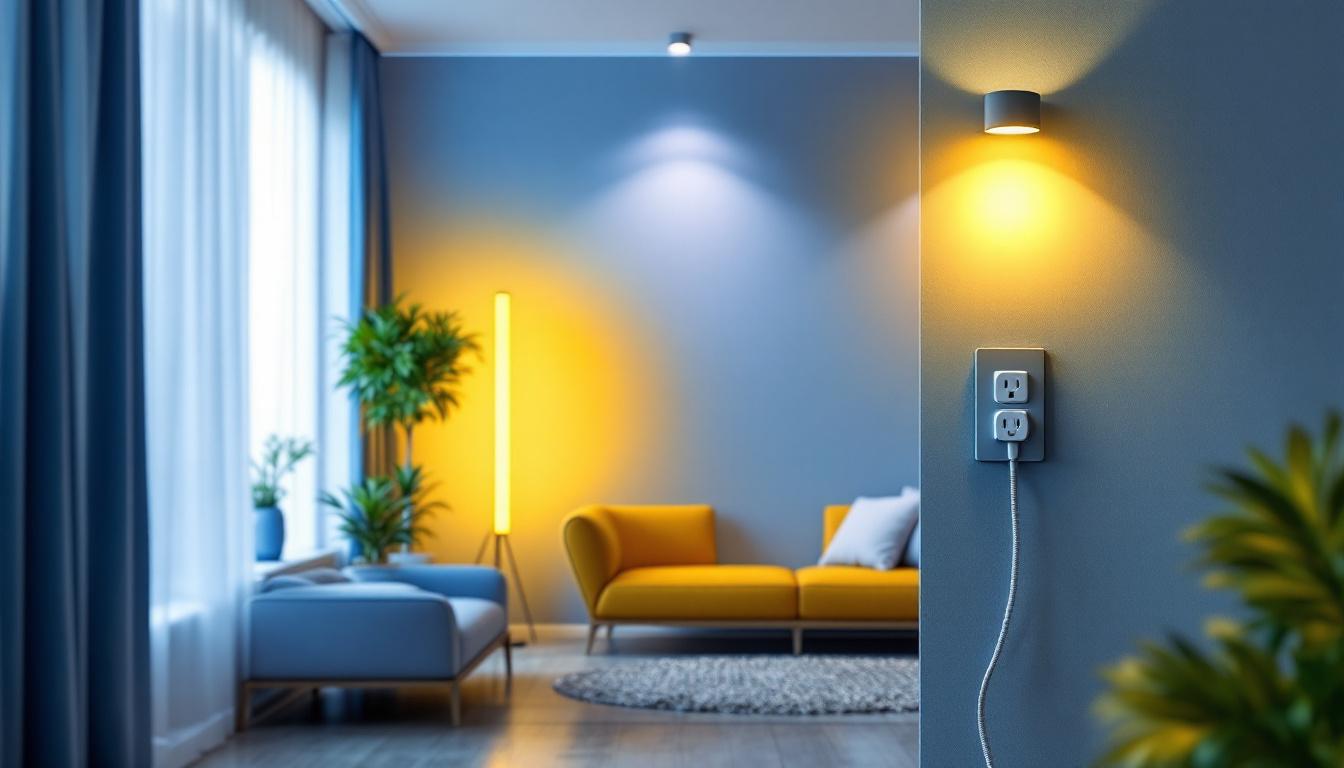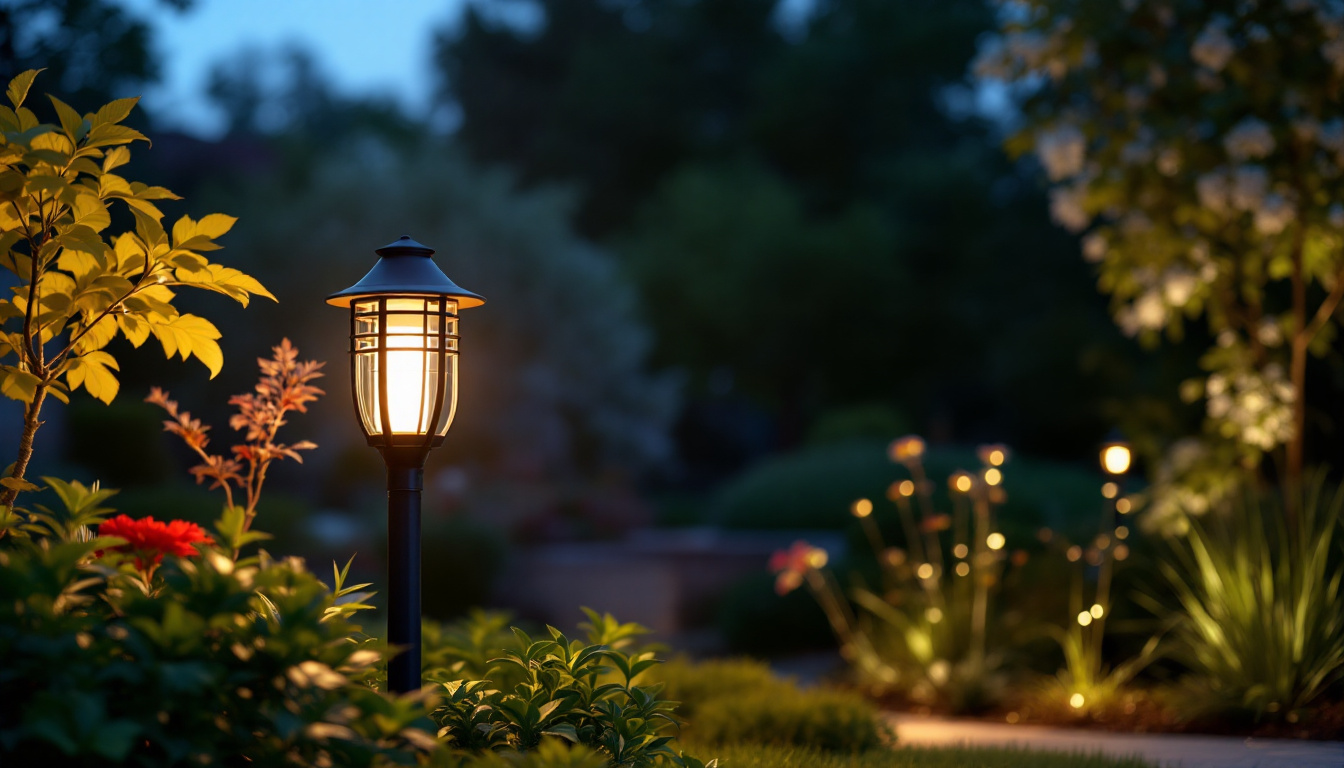
In the ever-evolving world of lighting design, grid lights have emerged as a vital component for creating versatile and effective lighting solutions. For lighting contractors, understanding grid lights is essential to deliver optimal results for various projects. This article aims to provide a concise yet comprehensive overview of grid lights, their applications, benefits, and installation considerations, all tailored for professionals in the field.
A grid light, often referred to as a grid or grid-based lighting system, is a type of lighting fixture that is mounted on a grid framework. This framework allows for the flexible positioning of lights, making it an ideal choice for spaces that require adaptability in lighting design. The grid system typically consists of a series of intersecting beams or tracks that support multiple light fixtures. This design not only facilitates easy adjustments but also maximizes the use of available space, ensuring that every corner of a room can be illuminated effectively.
Grid lights are commonly used in commercial spaces, theaters, and studios, where the need for adjustable lighting is paramount. The ability to reposition lights easily enables contractors to create dynamic lighting setups that can change according to the needs of the space or the event being hosted. This flexibility is particularly beneficial in environments that host a variety of functions, from corporate presentations to art exhibitions, where lighting requirements can vary significantly from one occasion to the next.
There are several types of grid lights available, each designed to meet specific lighting needs. The most common types include:
Grid lights are versatile and can be employed in a variety of settings. Their adaptability makes them suitable for:
Moreover, grid lights are increasingly being integrated with smart technology, allowing for automated adjustments based on time of day or occupancy levels. This innovation not only enhances energy efficiency but also provides users with the ability to customize their lighting experience through mobile applications or voice commands. As the demand for sustainable and user-friendly lighting solutions grows, grid lights are poised to play a significant role in the evolution of modern lighting design.
Choosing grid lights for a project comes with a myriad of benefits that can significantly enhance the quality of lighting design. Here are some key advantages:
One of the primary benefits of grid lights is their flexibility. The grid system allows contractors to customize lighting layouts according to the specific requirements of a space. This adaptability is particularly useful in environments that frequently change, such as event venues or exhibition halls.
Contractors can easily reposition fixtures without the need for extensive rewiring or structural changes, saving time and reducing labor costs. This flexibility also means that lighting can be tailored for different events or activities, ensuring optimal illumination at all times.
Grid lights contribute to the overall aesthetics of a space. By allowing for a variety of fixture styles and designs, contractors can create visually appealing lighting arrangements that complement the architecture and interior design of a location. The ability to mix and match different types of fixtures can lead to innovative lighting solutions that enhance the ambiance.
Moreover, grid lights can be integrated with dimmers and color-changing technology, providing additional layers of customization that can transform a space from functional to extraordinary.
With the rise of energy-efficient lighting technologies, grid lights, particularly those using LED fixtures, offer significant energy savings compared to traditional lighting options. LED grid lights consume less power and have a longer lifespan, which translates to reduced maintenance and replacement costs over time.
For contractors, recommending energy-efficient solutions not only benefits clients financially but also aligns with sustainable practices that are increasingly valued in today’s market.
While grid lights offer numerous advantages, proper installation is crucial to ensure optimal performance and safety. Here are some key considerations for lighting contractors:
Before installation, a thorough site assessment is essential. This includes evaluating the existing electrical infrastructure, ceiling height, and overall layout of the space. Understanding the specific lighting needs of the area will help determine the most effective grid configuration and fixture selection.
Contractors should also consider factors such as the type of activities that will take place in the space and the desired ambiance. This assessment will guide decisions on fixture types, placement, and control systems.
Grid lights often require specific electrical setups to function correctly. Contractors must ensure that the electrical supply can support the number and type of fixtures being installed. This may involve upgrading existing wiring or installing new circuits to accommodate the load.
Additionally, it is crucial to adhere to local electrical codes and regulations during installation to ensure safety and compliance. Proper grounding and circuit protection are also essential to prevent electrical hazards.
Accessibility for maintenance is another important consideration. Grid lights should be installed in a manner that allows easy access for bulb replacement, cleaning, and repairs. This is particularly relevant in high-ceiling installations where maintenance can be challenging.
Contractors should also educate clients about the maintenance requirements of different types of grid lights, emphasizing the importance of regular checks to ensure longevity and performance.
Selecting the appropriate grid light system involves several factors that contractors should consider to meet the unique demands of each project. Here are some tips for making the right choice:
Understanding the characteristics of the space is fundamental. Consider the size, shape, and purpose of the area where grid lights will be installed. For larger spaces, a more extensive grid system may be necessary to ensure even lighting distribution.
Additionally, the color scheme and design elements of the space should influence fixture selection. For instance, sleek, modern fixtures may work better in contemporary settings, while more ornate designs might be suitable for traditional environments.
Different spaces have varying lighting needs. For example, a photography studio may require adjustable lighting angles and color temperatures, while a retail space might benefit from fixtures that highlight specific products. Understanding these needs will help in selecting the right type of grid lights and their configurations.
It’s also helpful to consult with clients about their preferences and expectations. This collaborative approach can lead to more satisfying results and enhance client relationships.
Budget constraints are often a significant factor in lighting projects. Contractors should provide clients with a range of options that fit within their financial parameters while still delivering quality results. This may involve offering different types of fixtures, control systems, and installation methods.
It’s essential to communicate the long-term cost benefits of energy-efficient solutions, as these can lead to substantial savings over time. Presenting a clear cost-benefit analysis can help clients make informed decisions.
Grid lights represent a versatile and effective lighting solution for various applications, from commercial spaces to creative studios. For lighting contractors, understanding the intricacies of grid lighting systems is essential for delivering high-quality installations that meet client needs.
By considering factors such as flexibility, aesthetics, energy efficiency, and installation requirements, contractors can create tailored lighting solutions that enhance any environment. As the demand for adaptable and efficient lighting continues to grow, grid lights will undoubtedly remain a staple in the lighting contractor’s toolkit.
In summary, grid lights offer a unique combination of functionality and design, making them an invaluable asset for lighting professionals. Embracing this technology not only improves project outcomes but also positions contractors as leaders in a competitive industry.
Ready to elevate your lighting projects with grid lights that combine functionality, design, and cost-efficiency? Look no further than LumenWholesale, where we offer an extensive selection of spec-grade lighting products at unbeatable wholesale prices. Say goodbye to inflated markups and hello to high-performance lighting that meets the highest industry standards. With free shipping on bulk orders, LumenWholesale is your go-to source for premium lighting solutions that don’t break the bank. Enhance your lighting toolkit today and experience the best value in lighting with Wholesale Lighting at the Best Value.

Explore innovative strategies from top lighting contractors on integrating LED lights with outlets for smarter, energy-efficient homes.

Discover the frequent pitfalls lighting contractors face with outlet box covers and learn how to avoid them.

Explore essential insights and expert tips for lighting contractors on selecting and installing outdoor yard lamps.

Discover essential compliance guidelines for ceiling fan lights that every lighting contractor should know.